Safety indoors doesn’t mean immunity from risk.
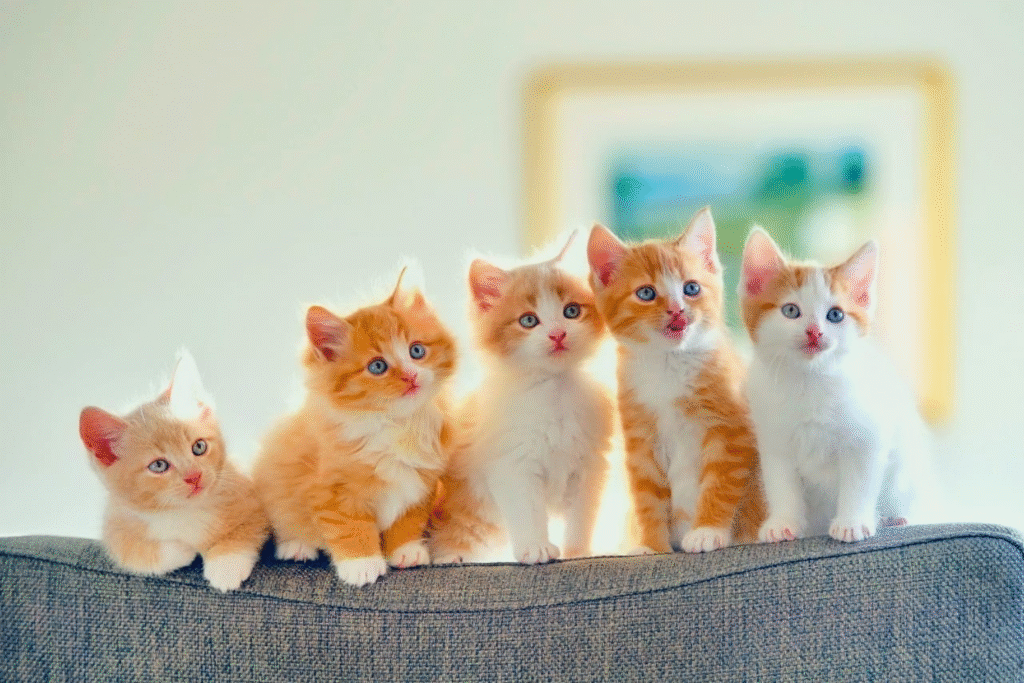
Keeping cats indoors protects them from outdoor threats like traffic, predators, and infectious diseases, but many owners underestimate the dangers inside their homes. Toxic plants, silent illnesses, and household accidents remain common causes of emergency vet visits. An indoor life can be safe, but only when owners understand that safety depends on constant awareness.
Cats adapt well to indoor living, yet their natural curiosity and subtle health changes make them vulnerable to hidden hazards. These risks often emerge slowly, masked behind calm routines. What feels secure to humans can be quietly perilous for cats if unnoticed or unmanaged.
1. Exposure to household toxins can kill cats.
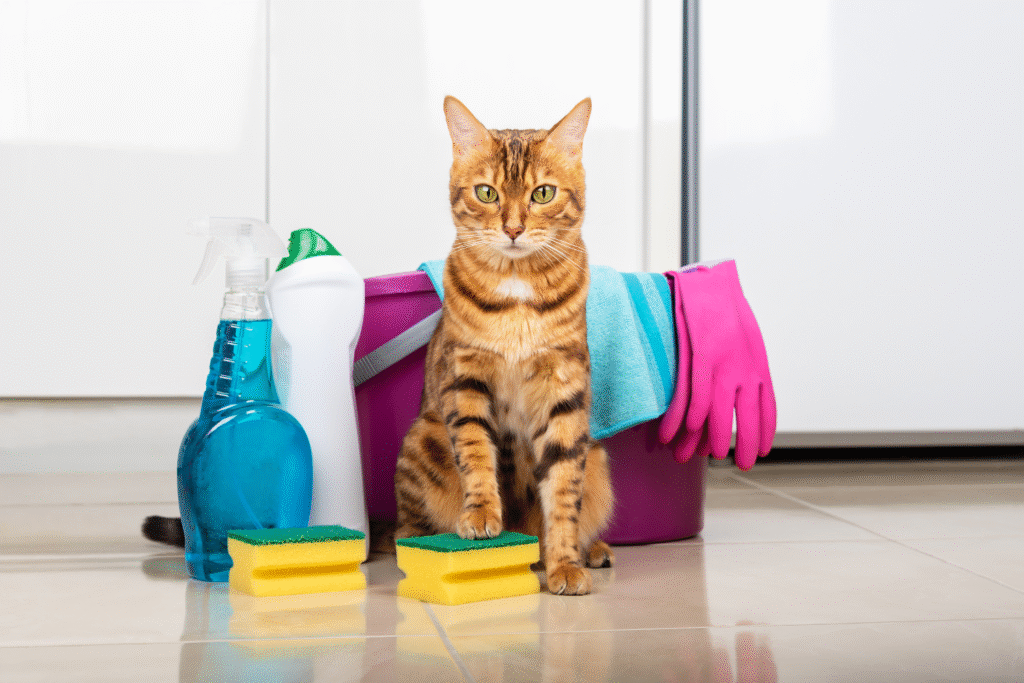
Many indoor cats fall ill from ingesting toxins hidden in everyday life. Cleaning chemicals, essential oils, human medications, and even common houseplants can cause liver failure or neurological damage. According to the American Veterinary Medical Association, cats lack key liver enzymes that metabolize toxins safely, making them particularly vulnerable to substances humans tolerate. A few licks of bleach residue or ingestion of acetaminophen can be fatal.
Because cats groom constantly, any toxic residue on their paws or fur can enter their system. Even small exposures add up, turning a spotless home into an invisible threat. Quick veterinary care is crucial after any suspected ingestion.
2. Obesity and metabolic disease shorten lives.
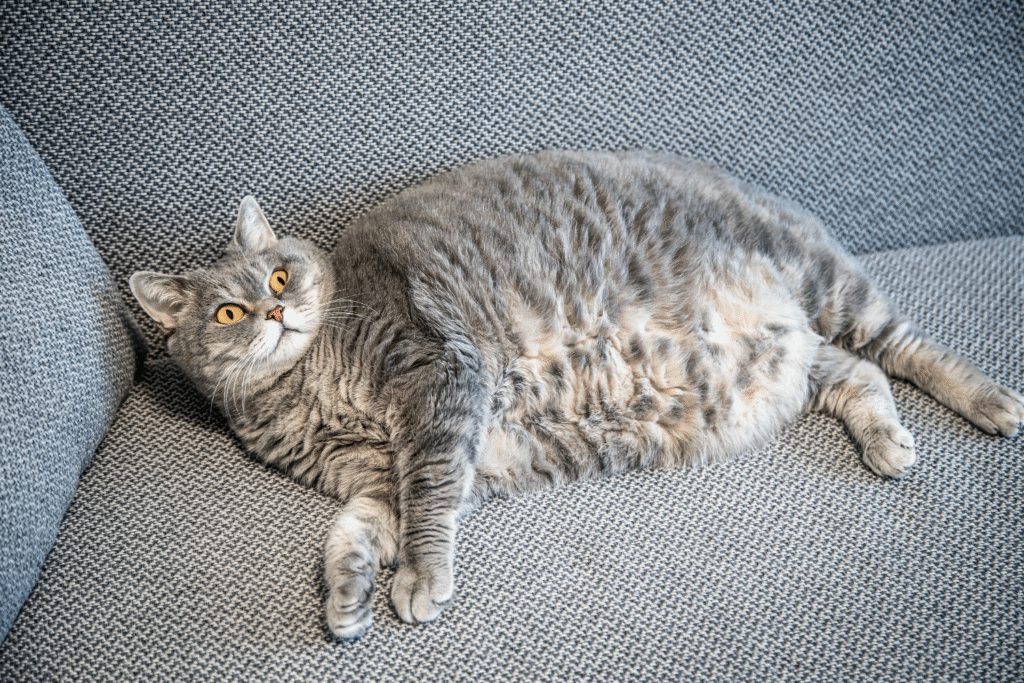
Sedentary indoor lifestyles make obesity one of the top preventable killers of domestic cats. Limited exercise, calorie-dense diets, and boredom combine to trigger rapid weight gain. As reported by the Cornell University College of Veterinary Medicine, obesity in cats increases risks of diabetes mellitus, heart disease, and liver lipidosis, often shortening lifespan by several years. Overweight cats may also suffer joint pain and reduced mobility.
Owners sometimes mistake extra weight for comfort or maturity, not realizing each pound adds strain on organs and metabolism. Structured play, portion control, and environmental enrichment can reverse obesity’s slow but deadly progression. Preventing it early is far easier than treating its consequences.
3. Stress and boredom can become fatal over time.
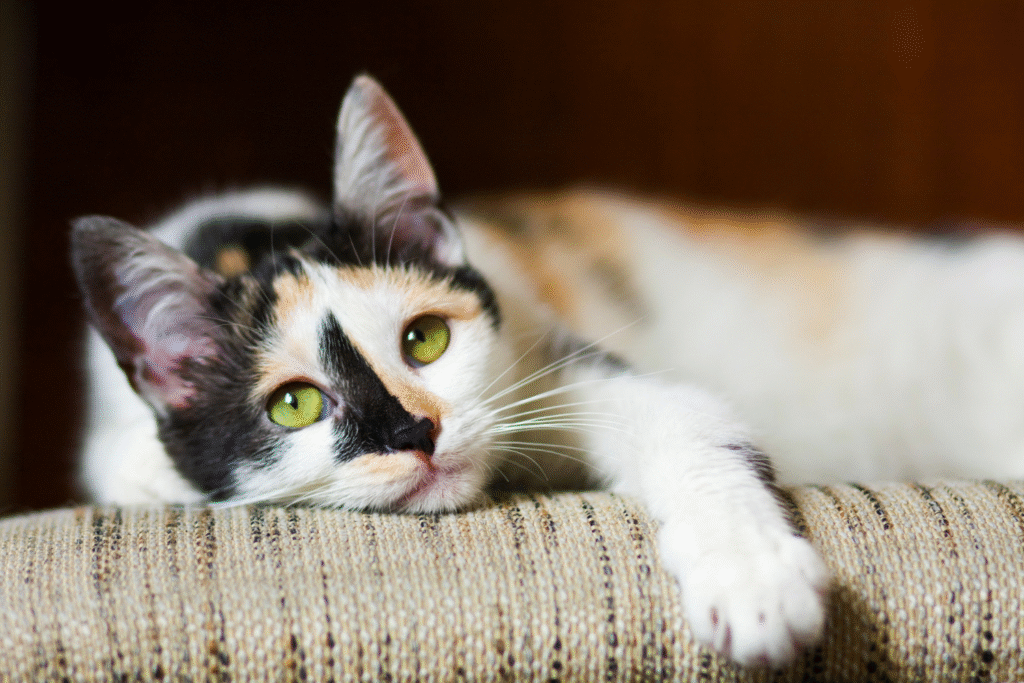
A cat confined indoors without stimulation may develop chronic stress, which can quietly devastate its health. As stated by the American Association of Feline Practitioners, environmental deprivation contributes to anxiety, urinary blockage, and self-harming behavior. Boredom alters hormone levels, suppressing immunity and increasing susceptibility to infection or disease. Cats thrive on variety, exploration, and routine challenges.
Over months or years, a stressed cat may stop eating, over-groom to baldness, or develop stress-induced cystitis, a painful bladder inflammation that can be fatal in males. A stimulating home environment—with perches, toys, and hiding spots—keeps the mind active and the body resilient.
4. Silent diseases often go undetected for years.
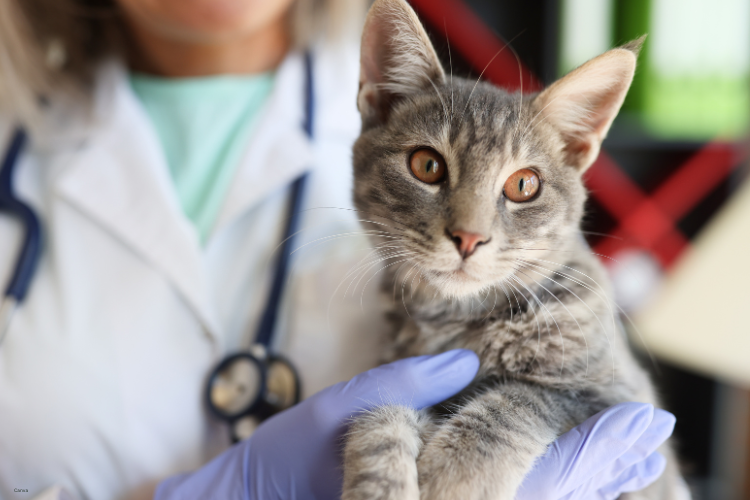
Cats instinctively conceal pain and weakness, so illnesses progress unnoticed until advanced. Conditions like kidney failure, hyperthyroidism, or heart disease may develop gradually with no outward signs until organs begin to fail. Veterinary studies show that more than half of adult cats over age seven have some form of hidden illness detectable only through bloodwork or urine testing.
A seemingly healthy cat might be drinking or urinating more, losing weight slowly, or breathing faster than usual—signs easy to miss. Routine annual exams, including lab panels, are essential for catching disease early enough to manage or even reverse it.
5. Falls and blunt trauma cause serious internal injuries.

Indoor cats often suffer falls from open windows or balconies, a phenomenon veterinarians call “high-rise syndrome.” Cats are agile, but a misjudged leap or startled reaction can send them tumbling multiple stories. Landing injuries include fractured jaws, ruptured lungs, and internal bleeding. Many cats survive, but with life-altering trauma requiring extensive care.
Even within single-level homes, unsecured shelves or collapsing furniture can cause blunt-force injuries. Cats attracted to windows need secure screens and closed balcony access. Their athleticism is deceptive—they appear in control until one misstep changes everything. Preventing falls means anticipating a cat’s next curious move.
6. House fires and smoke pose hidden threats.

Smoke inhalation is one of the leading causes of indoor pet fatalities. Cats’ small lungs and fast respiratory rates make them vulnerable to carbon monoxide and toxic gases produced in house fires. The ASPCA notes that even brief exposure to smoke can cause delayed respiratory failure or neurological damage hours later. Curious cats may also trigger accidents by jumping onto stoves or chewing electrical cords.
Fireproofing a home extends beyond alarms. Avoid unattended flames, cover stovetops, and unplug damaged wires. In emergencies, cats often hide, not flee. Knowing their favorite hiding spots can make rescue faster and potentially lifesaving.
7. Choking and intestinal blockages happen quietly.
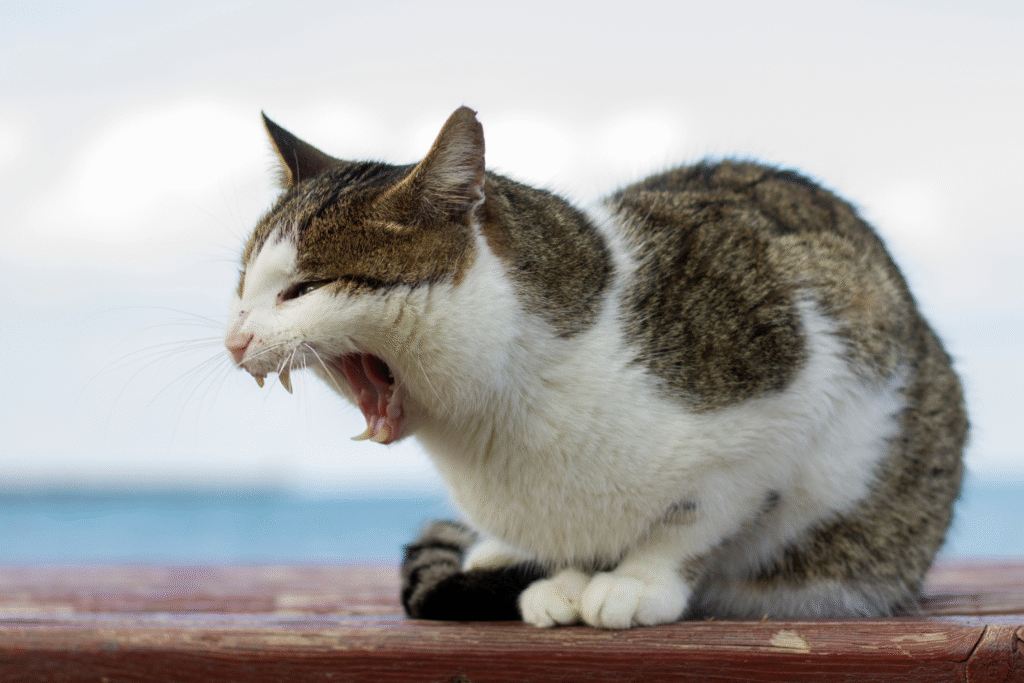
Many cats develop dangerous habits like chewing string, hair ties, ribbons, or thread. Once swallowed, these objects can twist through the intestines, slicing tissue or causing deadly blockages. Veterinary surgeons frequently remove linear foreign bodies from otherwise healthy indoor cats. Symptoms—vomiting, loss of appetite, or crouching pain—appear late, often when the intestine has already torn.
Because cats explore with their mouths, prevention means strict control of loose materials. Keep sewing kits, elastic bands, and small toys out of reach. Even dental floss or yarn can be lethal. A single missed thread can spiral into a surgical emergency within hours.
8. Infectious diseases still reach cats indoors.

A closed door cannot block every pathogen. Humans can bring in viruses or bacteria on shoes, clothing, or hands, and fleas or mosquitoes can slip inside. As reported by the Cornell Feline Health Center, indoor cats remain at risk for diseases such as feline leukemia virus, feline herpesvirus, or even heartworm. Multiple-pet households increase exposure through shared litter or food bowls.
Because transmission can occur indirectly, vaccinations and parasite preventives are vital. Even brief encounters—like a screened window left open—may invite in disease carriers. Indoor safety requires active medical prevention, not passive confidence in four walls.
9. Dental disease leads to organ failure if ignored.

By age three, most cats develop periodontal disease, which allows bacteria from the mouth to enter the bloodstream. Those bacteria can travel to the heart, kidneys, or liver, causing chronic infections or failure. The American Veterinary Dental College reports that untreated dental infections shorten feline lifespan and degrade overall health.
Early dental cleanings and regular tooth brushing prevent the chain reaction. Gum inflammation or foul odor should never be ignored. Oral pain may cause a cat to eat less, lose weight, and spiral into malnutrition. Dental neglect silently transforms a local problem into a systemic, life-threatening condition.
10. Fights and aggression threaten multi-cat households.
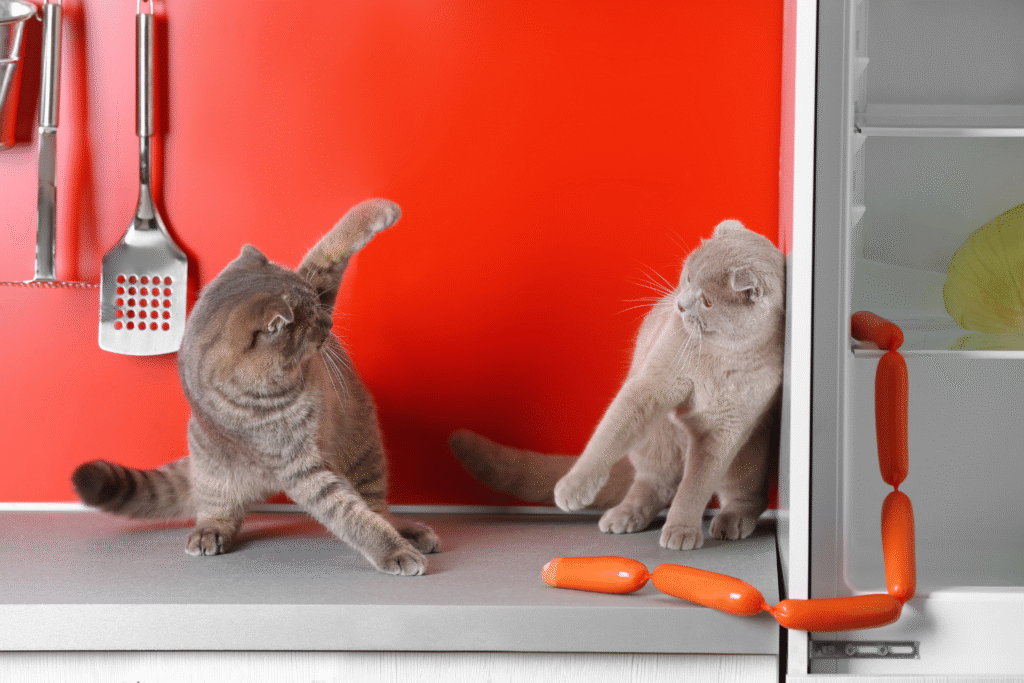
Indoor cats sharing limited space can develop territorial aggression. A sudden hiss or lunge can escalate into bloody fights or bite wounds. These injuries often lead to abscesses or systemic infections because cats’ mouths harbor Pasteurella bacteria. Deep punctures can trap bacteria beneath the skin, creating painful swellings that require surgical drainage.
Chronic stress from ongoing aggression weakens immunity, leaving all cats in the household more vulnerable to illness. Providing separate resources—litter boxes, food bowls, and sleeping areas—reduces tension. Harmony indoors depends on structured space and attentive observation before small conflicts become serious medical crises.
